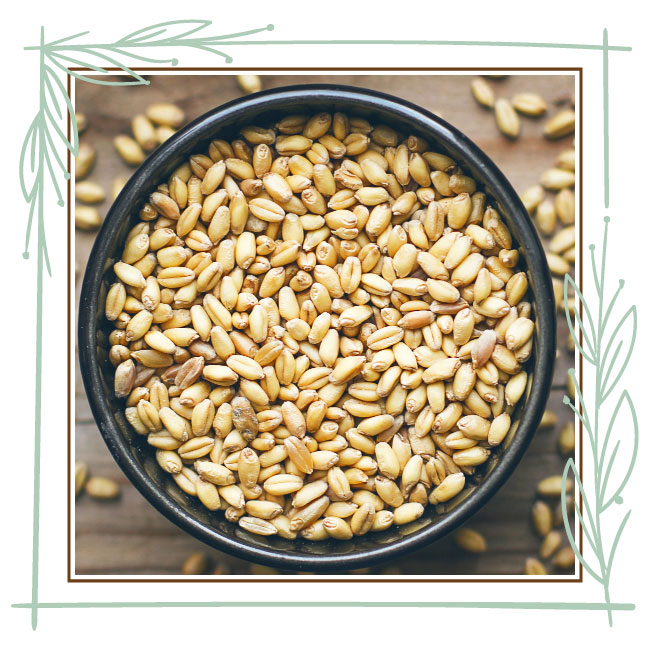Bhalia Wheat

Bhalia Wheat variety ‘Gujarat Wheat-1’ is mainly grown in only Bhal and Coastal zone and hence it is not possible to compare with other durum varieties of wheat which are grown in other parts of India. Even though the protein content (range 13.1 to 16.3%) is higher than all entries tested in Advance Varietals Trials or National Initial Varietals Trials (ranges 10.15 to 14.01%) during 2008-09. In Bhal area, Bhalia Wheat cultivation under conserved soil moisture conditions is unique in the world, where sowing is done at vapsa condition and after sowing neither irrigation is given nor rain is received though, wheat can grown successfully under such situation.
"Bhalia wheat" grains are very hard and bold with vitreous texture and desirable qualities like high protein content, medium sedimentation value, high carotene, less yellow berry and low water absorption. It contains maximum natural yellow pigments due to high carotene. These quality traits are preferable for semolina (suji) for use in pasta goods like macaroni, spaghetti, vermicelli, noodles, pizza, etc.
Bhalia Wheat is locally consumed in the form of "Bhakhari" and “Chapatti”. The sweet products - 'Sweet Balls (Laddu)', 'Halva (Shira)' and 'Churma' also prepared from this wheat flour are more relished. An excellent deshi product – "Thuli" is prepared from half milled Bhalia Wheat, "Thuli" is similar to "Daliya". A very tasty sweet product locally known as ‘Jadariyu’ is prepared from the flour (powder) of a green roasted grain of this wheat at the dough stage with ghee and sugar.
Bhalia Wheat, also locally known as Daudkhani Wheat or Chasia Wheat, or Katha Wheat.
Grains with less than 10 percent moisture can be stored well. The quality of “Bhalia Wheat” is considered to be the best.
